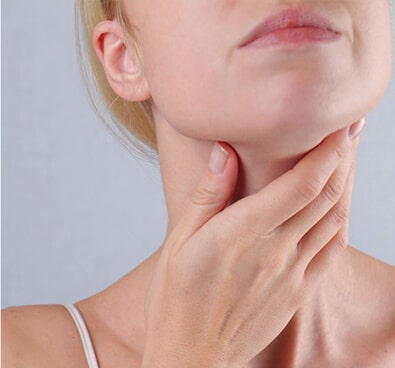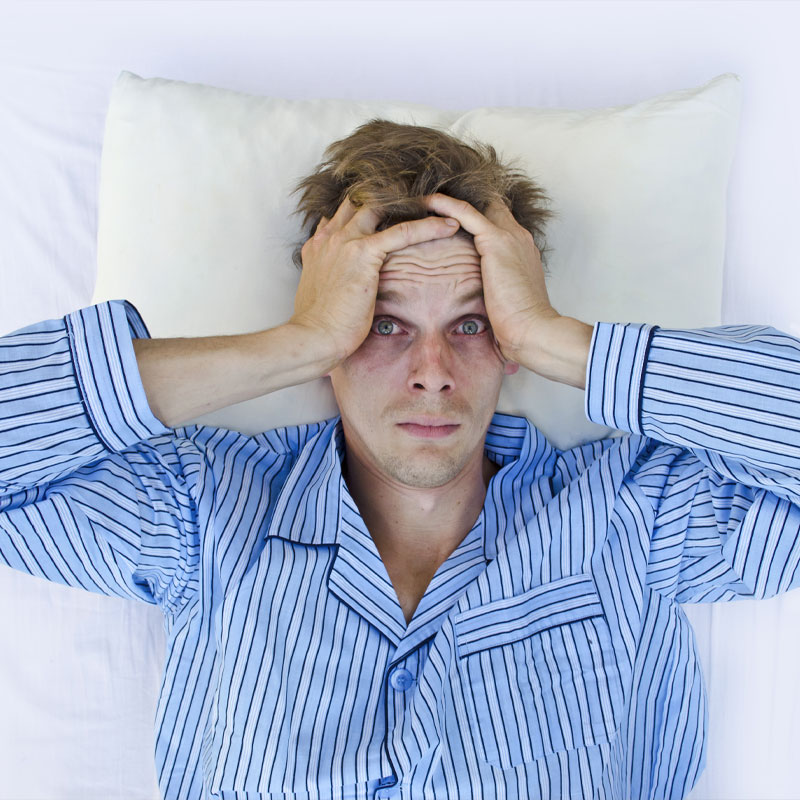Although running offers a number of health benefits, there is a higher risk of experiencing an injury than other exercise methods. In fact, the National Institutes of Health reports that between 37 and 56 percent of runners will experience some type of injury this year. Between 50 and 75 percent of these injuries are due to overuse. Learning how to prevent running injuries will help minimize your risk of developing such injury. Let’s take a look at how you can reduce the risk of an injury and the most common running injuries.
Plantar fasciitis – Plantar fasciitis is the most common cause of heel pain in runners. It is a ligament that connects the toes to the heel bone and supports the arch of the foot. The plantar fascia can become inflamed, weak or swollen from overuse. When this occurs, the heel and bottom of the foot hurts when walking or standing.
IT band syndrome – Runners can also experience pain on the outer area of the knee. The IT band or iliotibial band, is a thick group of fibers that runs from the outer hips down the outer thigh along the knee and to the top of the shinbone. This band runs across a bursa sac which helps it to glide smoothly over the knee as you bend it. Exercise, especially running, can create friction that can cause inflammation.
 Knee injury – Runner training knee pain Knee injuries, including ACL, LCL, MCL and meniscus strains and sprains can cause pain, limping and prevent the knee from bending properly. ACL or Anterior Cruciate Ligament injuries are caused by a twisting action that occurs when the foot is on the ground and the knee turns inwardly. LCL or lateral ligament sprains involve a tear to the ligament located on the outside of the knee. MCL or medial ligament sprains affect the inside of the knee and is caused by sudden twisting or a direct impact. Finally, an injury to the meniscus can happen when the knee twists suddenly.
Knee injury – Runner training knee pain Knee injuries, including ACL, LCL, MCL and meniscus strains and sprains can cause pain, limping and prevent the knee from bending properly. ACL or Anterior Cruciate Ligament injuries are caused by a twisting action that occurs when the foot is on the ground and the knee turns inwardly. LCL or lateral ligament sprains involve a tear to the ligament located on the outside of the knee. MCL or medial ligament sprains affect the inside of the knee and is caused by sudden twisting or a direct impact. Finally, an injury to the meniscus can happen when the knee twists suddenly.
Hip injury – Hip strains and hernias are another complaint experienced by runners. A groin strain is a tear in one of the adductor muscles that cause pain to the inner thigh. A hernia occurs when an organ or another internal tissue pushes through a weak muscle, resulting in a soft lump. Finally, Gilmore’s Groin is a hernia in the groin where the leg meets the torso.
Ankle injury – Ankle sprains, injury to the Achilles tendon and shin splints are often experienced by runners. Ankle sprains occur when the ankle rolls inwardly and damages the ligaments located on the outside of the ankle. Shin splints occur when the muscles pull on the sheath that surrounds the shin bone. This type of injury is typically caused by excessive running or running on the toes. The Achilles tendon stretches from the heel to the lower calf muscles. This tendon can become inflamed and painful from overuse.
Injury prevention
Staying hydrated – Many runners experience dehydration. When you are dehydrated, your blood volume drops which makes your heart beat faster and decreases the body’s ability to cool itself down. To ensure you are properly hydrated, drink 8 to 16 ounces of water a couple of hours before you run. For best results, drink a sports drink rich in electrolytes. Studies have shown drinking an ice-cold drink will allow you to run longer as compared to a warm beverage. You will also need to drink small amounts of water throughout your run. For best results, drink a small amount of water every 15 minutes. Finally, once you finish your run, you will need to drink 8 to 24 ounces of fluids to help rehydrate your body. Staying properly hydrated not only helps you perform better, but it also helps to prevent muscle cramps and injuries.Proper foot wear – One of the most important pieces of equipment for a runner is running shoes. These shoes help to prevent injuries, enhance your performance and ensure your comfort during your run. When shopping for shoes, you need to find the shoe that fits the natural movements of the foot. Visit a shoe store that offers a gait analysis. A trained gait analyzer will observe how you walk and what your feet are doing. For example, if your feet pronate when you walk or run, the arch of the foot flattens out and the foot rolls inwardly. Over-pronation can cause a number of injuries including shin splints, Achilles tendonitis and plantar fasciitis. If your arch rises and the foot rolls outward, you have supination. Over-supination can also cause injuries due to the foot staying rigid and being unable to absorb the shock of running. Both of these conditions require different types of shoes. For those who pronate, a motion control shoe with orthotic supports can protect against injuries. Those who have supination, need stability shoes that provide shock absorption through extra cushioning.
Chiropractic adjustment – If you are a runner and experience swelling, numbness or pain or are unable to complete your daily activities, you may need to seek medical assistance. Many people can find relief for their running injuries by visiting a chiropractor. A chiropractor will make chiropractic adjustments to the back, feet, knees, hips and pelvis to help reduce pain and inflammation.
During your appointment, the doctor will examine you to determine if there are any subluxations of the spine, knees, hips, feet or pelvis. Subluxations can change a person’s gait and increase the risk of an injury. If any are found, the chiropractor will use biomechanical methods including chiropractic manipulations to correct the issues to help realign the body.
The chiropractor may also use cold laser therapy to help minimize swelling and help heal the muscles. Cold laser therapy sends low-level laser lights to the muscles and other tissues to help accelerate healing, reduce swelling and improve the functionality of the tissues.
Non-thermal photons of light pass through the layers of the skin and interact with elements in the cellular structure to reduce pain, decrease swelling and inflammation and reduce healing time by increasing metabolism in the cell.
Running is a great way to get healthy; however, it carries its own set of risks. The most common injuries are experienced in the ankle, knee, feet and hips. Proper hydration, wearing the correct shoes and visiting a chiropractor can help prevent injuries, improve your health and increase your endurance.
Functional Exercises Versus A Traditional Gym Routine | Acupuncture For Weight Loss
















